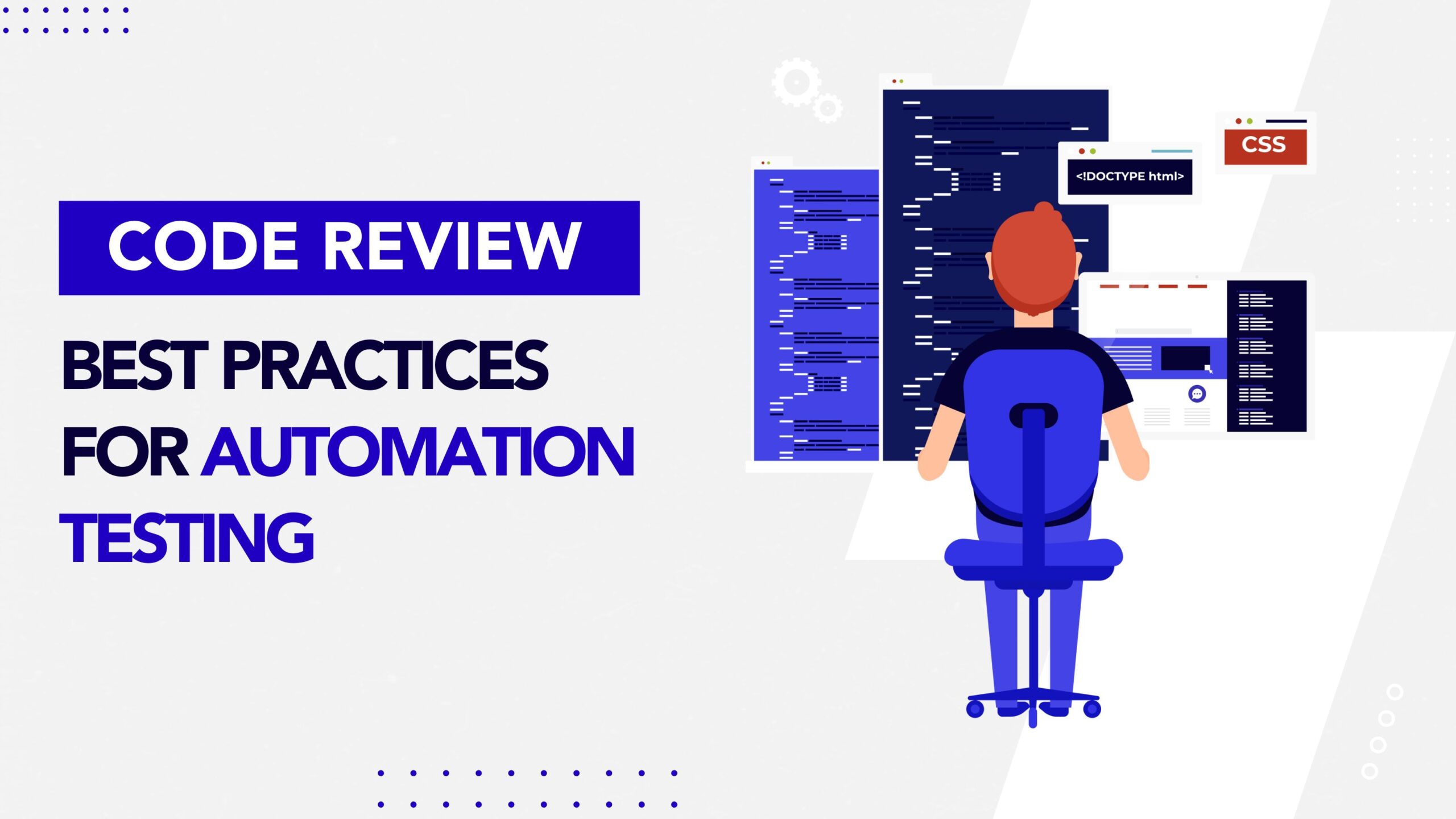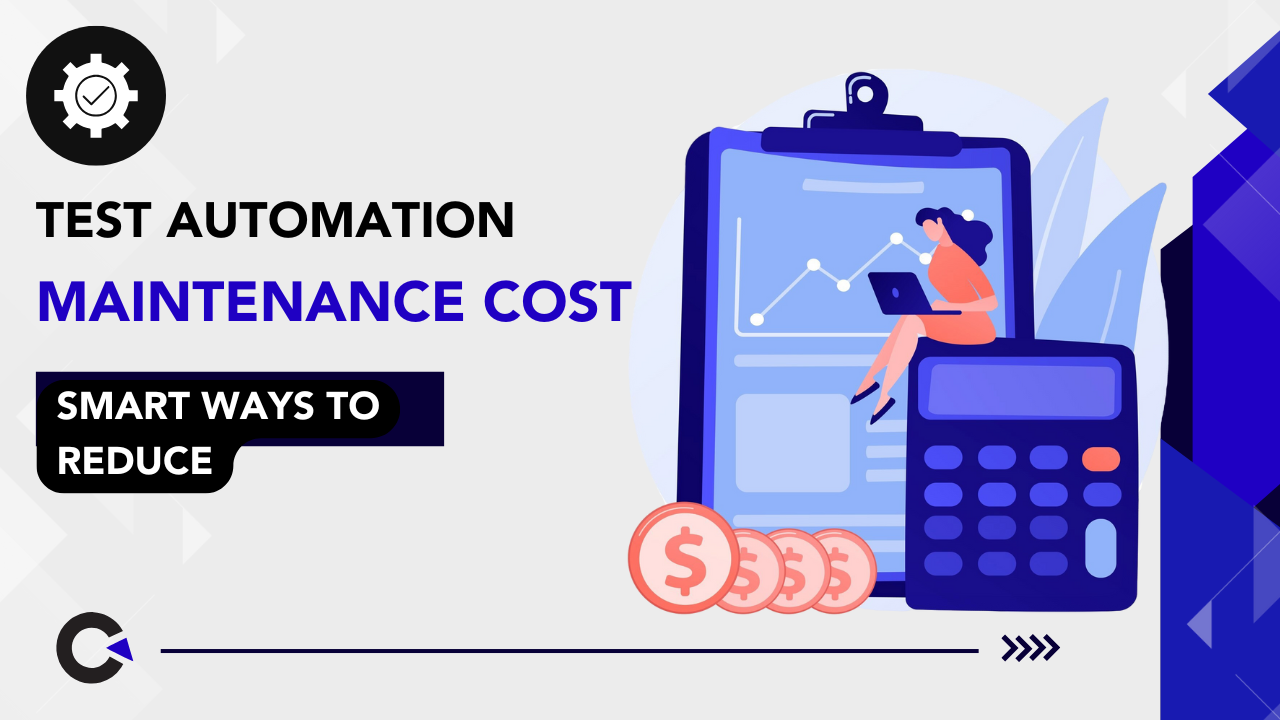In today’s digital world, it is very important for businesses to create mobile applications. This includes development for iOS and hybrid apps. Using programming languages like Java is also key for web applications that run in a browser. To connect to the internet, you need to make an app that is easy to use and interesting. This requires knowing a lot about software development. You should pay close attention to how the app works and how users feel when using it. This complete guide will give you tips to help you do well in mobile app development.
Key Highlights
- Choosing the right mobile app development framework is important for good results.
- User experience must be a priority during development.
- Understanding your target audience is key to making a good app.
- Ensuring your app works well gives users a smooth and enjoyable time.
- Staying updated with the latest trends helps your app stand out.
Essential Tips for Excelling in Mobile App Development
Mastering mobile app development needs a good plan and the dedication to give users great experiences. You must pick the right framework. Focusing on security is key too. It is important to listen to user feedback. Every step matters for making a good app.
1. Choose the Right Development Framework
Choosing the right mobile app development framework for iOS is crucial to make a good app. React Native, made by Facebook, is often seen as a strong option for building Android apps, too. You need to think about your target platform. Is it for iOS, Android, or both? Consider the programming languages you know and what your project requires. This is especially important if you want to use device features and APIs for native apps. Cross-platform frameworks like React Native allow you to use one codebase for several platforms. This can help save time and resources.
A good framework can make development faster. It provides a strong foundation for your app. It’s important to find a framework that matches your project goals and your skills.
Think about the good and bad sides of each framework. Check the community support, read the documentation, and look at the libraries you can use.
2. Focus on User Experience Design
User experience (UX) greatly impacts how successful your app is. A good user interface (UI) needs to be easy to understand, attractive, and simple to operate. Follow design rules that make things easier to use. This will help users transition smoothly from one screen to another.
Get feedback from users early in the design process. This helps find areas that can improve. Conduct usability testing to understand how people use your app.
A good user experience keeps people interested. It makes them want to come back.
3. Understand Your Target Audience
Doing good market research is key to understanding your target audience. You should learn what they need, what they enjoy, and what issues they have. This will help you create your app for them. User feedback is useful during the development of the app and after it is launched.
Gather information about your users. Learn who they are, how they act, and how they use the app. This will help you understand better. Use tools to track key numbers. This can help you spot ways to improve.
Understanding your target audience lets you create an app that fits their needs and really helps them.
4. Optimize App Performance
App performance is very important for user satisfaction. Slow loading times and laggy animations can frustrate users. Make sure your app loads fast, has fluid animations, and uses memory efficiently.
Test your app on many devices. This helps you see if it works well on different screen sizes and hardware. Also, pay attention to battery use. If your app uses too much battery, people might not want to keep it.
Keep checking your app’s performance. Use what users say and the data you collect to make improvements.
5. Implement Agile Development Practices
Agile development methods focus on being able to adapt and make quick progress. You should split your project into smaller sections called sprints. This helps you change based on user feedback and changing needs.
It’s important to work with teams in development, design, and testing. This teamwork helps everything connect and makes the process faster. You can also use integration and delivery systems to automate testing and launching.
Using quick methods helps you respond fast to new market needs and stay in front of your competitors.
6. Prioritize Security Measures
Data security matters a lot in mobile app development. This is true when handling private user information. You should use strong security measures to protect user data from people who should not see it, leaks, and attacks.
Use encryption methods to keep data safe when it is sent and stored. Also, make sure to use strong ways for checking identities. Multi-factor authentication can help stop unknown people from getting into accounts.
Update your app often. This can fix problems and help protect against new security risks.
7. Test Your App Thoroughly
Testing is very important. You should use a strong process for testing. This process should include different kinds of tests. These tests should be functional, usability, performance, and security.
Use testing tools to make repeated tasks easier and find problems early during development. Ask your team to help track and report bugs, so issues can be fixed fast.
Testing your app well helps it run smoothly on different devices and systems. This creates a better experience for users.
8. Plan for Cross-Platform Compatibility
To reach more people, your app needs to work on several platforms. You should design your app to run well on iOS and Android devices. Using cross-platform tools like React Native and Flutter can help you do this more easily.
Hybrid apps are less expensive to build for several platforms. However, remember that they may not work as well as apps built for just one platform. Look at the benefits and downsides according to what your project needs.
Focusing on cross-platform compatibility can help your app reach more users. This will allow it to grow its audience.
9. Keep Up with Latest Trends
The world of mobile app development is always changing. New technologies and design trends appear all the time. It’s important to stay on top of the latest trends. This way, your app can remain relevant and valuable.
You can go to industry events, read blogs and other articles, and join online groups to stay updated. Look into new tools like AI and ML to make your app’s features better.
By accepting change and adapting to new trends, you can create a great mobile app that catches users’ interest.
10. Seek Feedback and Iterate
Improving all the time is very important for getting better results in the long run. You should often gather opinions from users. You can do this by checking app store reviews, using surveys in your app, and looking at social media. Listen carefully to what users say. Find the parts where you can make changes.
Make user feedback a top priority. Use useful suggestions in your next updates. Keep modifying your app based on what users tell you. This way, you can fix issues and add new features that enhance the user experience.
Always keep in mind that app development is a journey. So, ongoing improvement is important to stay ahead of your competitors.
Flutter as a Preferred Framework
Flutter is a great option for making mobile apps. It is liked because it can create nice apps that perform well with just one set of code.
One special thing about Flutter is hot reload. This feature lets developers see changes in their code immediately. This quick process helps them work faster and get their apps out to users sooner.
Why Choose Flutter for Your Project?
Flutter has a useful feature called hot reload. It speeds up development time. This feature displays code changes immediately. It makes fixing bugs and improving the user interface easier. Using Dart, a fast programming language, helps Flutter perform well.
Flutter has many customizable widgets. These help developers create beautiful and native-like user interfaces. With one codebase, developers can work on several platforms. This saves time and effort during development.
The Flutter community is getting bigger. They offer a lot of support, documents, and resources. This helps developers begin and fix any issues they run into.
Best Practices in Flutter Development
When you work with Flutter, it is key to follow good practices. This helps you create high-quality and easy-to-manage apps. First, learn about Dart’s syntax and rules. This will help you write clean and effective code.
Use Flutter’s widget system to create parts of the UI that can be reused and are easy to change. If you follow Flutter’s layout methods and widget lifecycle, you will have good performance and a smooth user experience.
Testing is important in Flutter development. Use Flutter’s testing tools to create unit tests, widget tests, and integration tests. This helps ensure your app is stable and works well.
Enhancing User Experience in Mobile Apps
Creating great user experiences is very important for any mobile app. By following design principles, you can make users happier. This will help them engage more.
Using tools for testing and creating prototypes helps you enhance designs over time. It also allows you to spot usability issues early.
Design Principles to Follow
Having a steady design is very important for a good experience. Keep the same look in your app by using the same colors, fonts, and icons. Focus on making your user interface clear and easy to read.
Use simple words and divide content into clear sections. Use space thoughtfully to make reading easier. Ensure your app is usable for all people by following accessibility rules.
Accessibility supports users who have problems with seeing, hearing, moving, or thinking. It helps make sure that everyone can use your app.
Tools for Prototyping and Testing
Prototyping tools like Figma, Adobe XD, and Sketch let you create interactive models of your app’s user interface. These models are very helpful. They allow you to see how users navigate your app, gather useful feedback, and enhance your design before you begin development.
User testing is really important. It helps you find issues with usability and areas for improvement. You should hold user testing sessions with the people who will use your app. This way, you can see how they interact with it.
Tools like UserTesting.com and Lookback.io allow you to do user testing from afar. They also provide helpful information about how users act. After you gather this feedback, look at it. Then, update your designs based on what you find out.
Conclusion
Mastering mobile app development requires careful planning. You should choose the right framework and focus on users. It’s key to know your audience and improve performance. Don’t overlook security. Use good practices, test your app, and make sure it works on different platforms. Stay updated on trends in the industry and always consider feedback.
Choosing Flutter as your main framework can help you work better and improve quality. Stick to design principles, use prototyping tools, and always make improvements to enhance user experience. Keep up with new trends and technologies to ensure your app stays ahead. By using these tips, you can handle the challenges of mobile app development smoothly.
Frequently Asked Questions
-
How long does it take to make a mobile app?
The time needed to create a mobile app depends on how complicated it is, its features, and the development method you choose. Simple apps can be finished in just a few weeks. In contrast, more complicated apps might take several months. Other factors, like development style and app store review times, can also change how long the development process takes.
-
What Are the Key Issues in Mobile App Development?
Creating a good user experience for mobile apps on different devices can be hard. You have to ensure the app works well with different operating systems. There are also important security steps to take. Plus, the tools are always changing, which makes app development more challenging.
-
Can I Develop a Mobile App by Myself?
Yes, it depends on your tech skills and how hard the app is. Mobile app development tools and online resources make it easy for people to learn and build apps. If you’re just starting with coding, consider using app development platforms. However, larger or more difficult projects may need a team of developers.
-
What Is the Cost Range for Developing a Mobile App?
The cost to create a mobile app can vary a lot. A simple app might cost a few thousand dollars. In contrast, a complex app with many features can cost hundreds of thousands. Several factors affect the price. These include whether you choose native or hybrid development, the number of features your app has, the platform you want (iOS, Android, or both), and if you hire freelancers or a company.
































Comments(0)